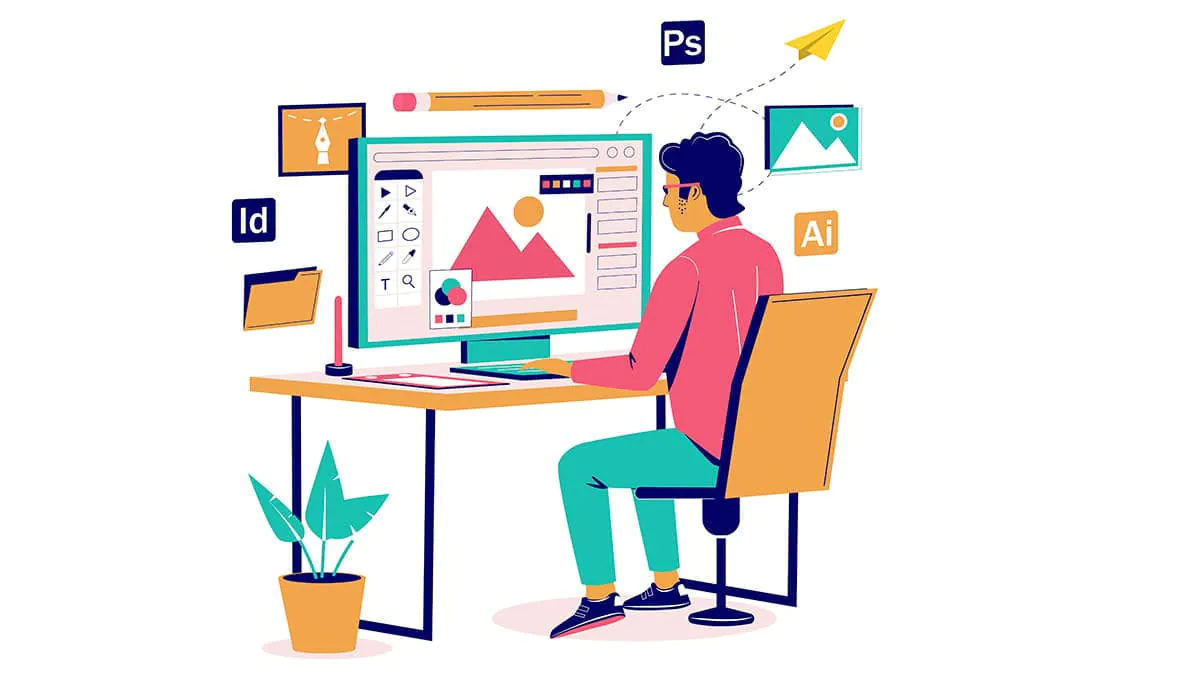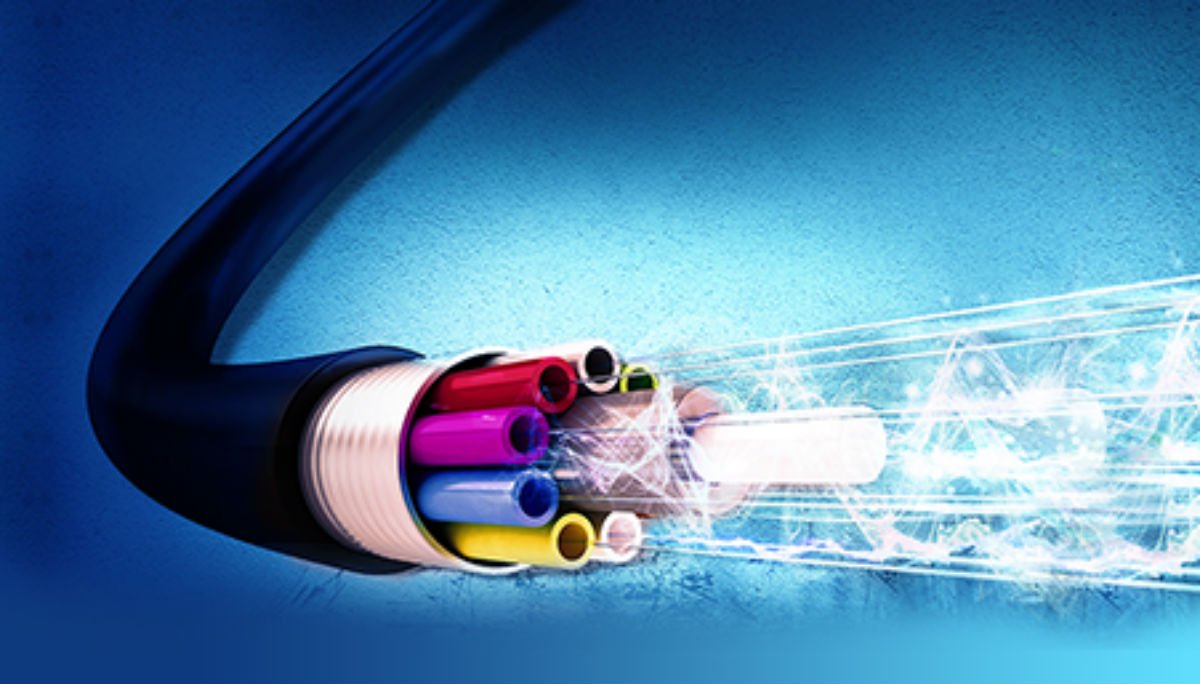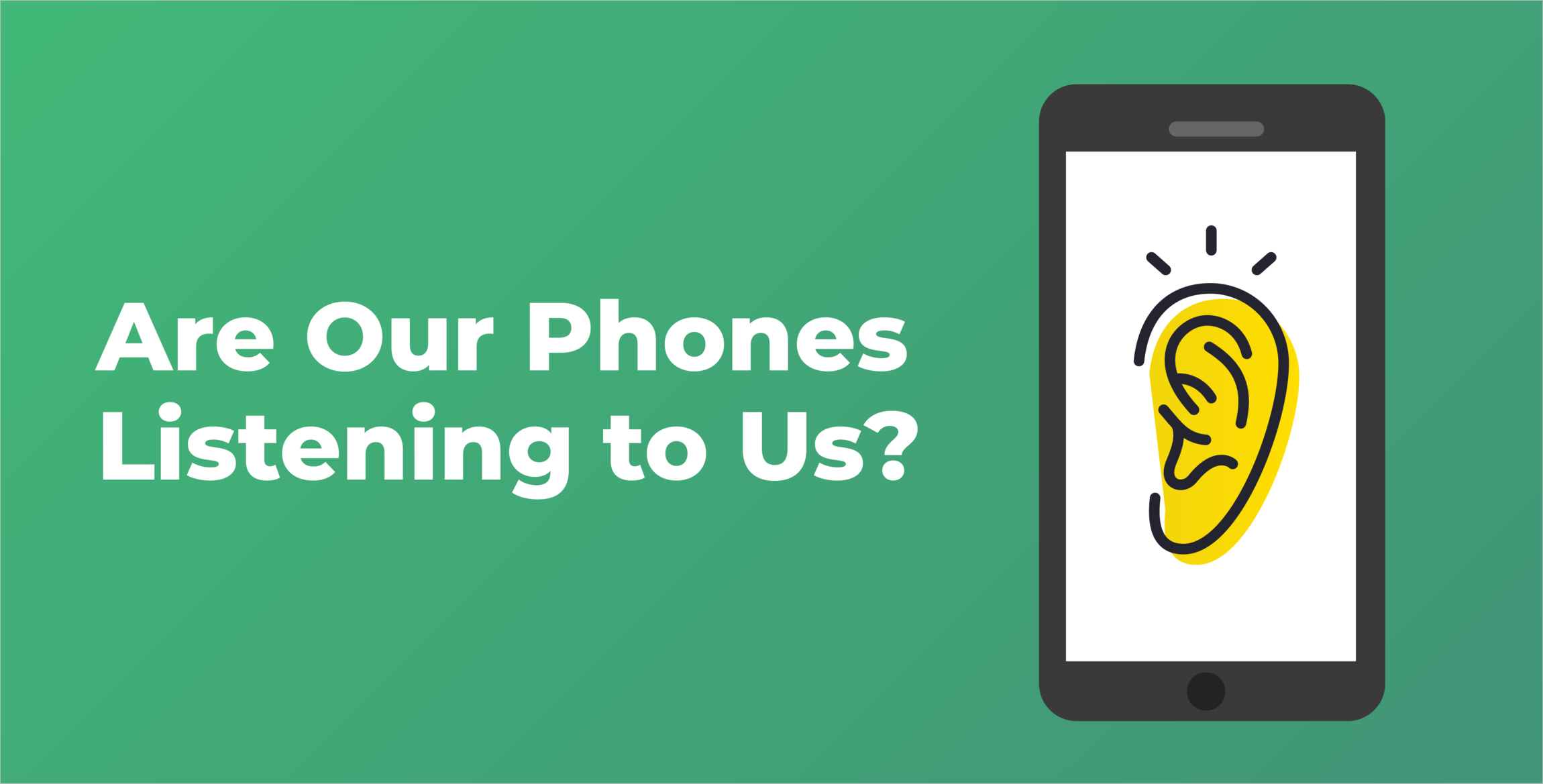Graphic design plays a crucial role in today’s world, as it has the power to transform ideas into visually appealing and impactful designs. In an increasingly digital and visual-driven society, graphic design has become even more important for businesses, organizations, and individuals alike. It helps convey messages effectively through various mediums such as websites, social media platforms, print materials, and advertisements.
One of the main reasons why graphic design is essential is that it helps establish a strong brand identity. A well-designed logo or visual identity can make a company stand out from its competitors and leave a lasting impression on consumers. Effective graphic design can communicate the personality and values of a brand while creating recognition and loyalty among customers.
Moreover, graphic design has the ability to simplify complex information by presenting it in a visually compelling way. Through infographics, charts, or illustrations, designers can distill complex data into easily understandable visuals that engage audiences and facilitate comprehension.
In conclusion, graphic design serves as both a creative outlet and an essential tool for communication in today’s world. Whether it is creating eye-catching logos or simplifying complicated information through visual means, graphic designers have the power to influence how we see and perceive things around us. With its importance only continuing to grow with technological advancements, understanding the basic principles of graphic design is becoming increasingly valuable for professionals in various industries.
Understanding the Principles of Graphic Design
Understanding the principles of graphic design is vital for anyone who wants to excel in this field. These principles serve as the foundation upon which all great designs are built. One such principle is balance, which refers to the distribution of visual weight in a composition. Achieving a sense of balance can be done by using contrasting elements such as color, size, and texture.
Another important principle is contrast, which adds visual interest and helps create hierarchy in a design. By utilizing differences in color, shape, or scale, designers can draw attention to certain elements and guide the viewer’s eye through the composition. Understanding contrast allows designers to create impactful visuals that make an immediate impression on their audience.
In addition to balance and contrast, proper use of typography is essential for effective graphic design. The choice of fonts and their arrangement play a significant role in how a message is communicated and perceived. From serif to sans-serif fonts, each typeface carries its own personality and conveys different tones or emotions. Understanding how typography works enables designers to effectively communicate ideas while incorporating aesthetic appeal into their designs.
By grasping these fundamental principles – including balance, contrast, and typography – graphic designers have a solid starting point for creating compelling visuals that achieve maximum impact while effectively conveying messages to viewers. Ultimately, grasping these principles allows designers to push boundaries creatively while still adhering to established norms that ensure clarity and communication within each design project undertaken.
Mastering the Essential Tools and Software
Mastering the essential tools and software is a crucial aspect of becoming a skilled graphic designer. While creativity and artistic abilities are vital, without proficiency in the necessary tools, one’s designs may fall short of their full potential. One such tool that every graphic designer should be familiar with is Adobe Photoshop. This industry-standard software allows designers to manipulate images, create stunning visual effects, and enhance their overall design.
Another pivotal tool in every graphic designer’s arsenal is Adobe Illustrator. Unlike Photoshop, which focuses on pixel-based editing, Illustrator specializes in vector graphics. This means that designers can create scalable images that retain clarity and quality regardless of size or resolution. With its vast array of powerful drawing tools and precise control over paths and shapes, mastering Illustrator opens up a world of creative possibilities.
Beyond Adobe’s suite of programs lies an abundance of other essential software options for designers to explore. For example, InDesign is ideal for creating layouts for printed materials like magazines or brochures due to its superior typesetting capabilities. Additionally, Sketch has gained popularity among web designers as it offers an intuitive interface specifically tailored for designing user interfaces.
By immersing themselves in the essential tools and software available to them, graphic designers can push the boundaries of their creativity and deliver exceptional work clients will love. Familiarity with industry-standard programs like Photoshop or Illustrator enables them to take their ideas from conception to completion with ease—a capability that sets them apart from their peers who lack this expertise.
Developing a Strong Portfolio and Personal Brand
One of the most important aspects for graphic designers to consider is developing a strong portfolio and personal brand. In today’s competitive market, it’s crucial to stand out from the crowd and showcase your unique skills and style. A well-curated portfolio can effectively demonstrate your abilities to potential clients or employers, while your personal brand can help you differentiate yourself in the industry.
When creating your portfolio, it’s essential to not only include your best work but also ensure that it reflects who you are as a designer. Think about what sets you apart from others – whether it be a particular aesthetic or specialty – and highlight those elements in your portfolio. Consider the target audience for each project you include, tailoring your selection accordingly to showcase diversity in style and skillset. Additionally, organizing your work into logical categories or themes can make navigating your portfolio easier for viewers.
In parallel with building a strong portfolio, developing a solid personal brand is equally vital for success as a graphic designer. Your personal brand is essentially how you present yourself professionally – from visual elements such as logos or color schemes to the tone of voice used in communication. It should be an authentic representation of who you are as a designer and what values you bring to the table. By consistently showcasing this personal branding across all platforms – including social media profiles, website design, business cards, etc.–you create recognition and trust among clients or employers, ultimately establishing yourself as a reputable professional in the industry.
Keeping Up with Current Design Trends
As a graphic designer, keeping up with current design trends is crucial to staying relevant and competitive in the industry. Design trends are constantly evolving, reflecting societal changes, technological advancements, and cultural shifts. By staying informed about the latest design trends, you can not only create work that resonates with your target audience but also push the boundaries of creativity and innovation.
One way to keep up with current design trends is by following influential designers and agencies on social media platforms like Instagram or Behance. They often share their latest projects and showcase innovative techniques and styles. Additionally, subscribing to design blogs or newsletters can provide valuable insights into emerging trends within the industry.
Another important aspect of keeping up with current design trends is experimenting with new tools and software. The field of graphic design is heavily influenced by technology, so being proficient in the latest software programs can give you a competitive edge. Additionally, don’t be afraid to explore different mediums and art forms outside of traditional graphic design – this cross-pollination can lead to unique ideas and designs that stand out from the crowd.
In conclusion, as a graphic designer, it’s essential to stay up-to-date with current design trends to remain relevant in an ever-evolving industry. Following influential designers on social media platforms and subscribing to design blogs can keep you informed about emerging styles and techniques. Furthermore, experimenting with new tools and exploring alternative art forms can help foster creativity and boost your overall portfolio.
Collaborating Effectively with Clients and Team Members
Collaborating effectively with clients and team members is a crucial skill for any graphic designer. It ensures that everyone involved in the project is on the same page from the start, resulting in a smoother workflow and better end product.
One key aspect of effective collaboration is open and clear communication. Regular check-ins with both your clients and team members help to clarify expectations, address any concerns or issues promptly, and maintain transparency throughout the entire process. Additionally, actively listening to feedback from both parties helps to ensure that their needs and visions are being met.
Another important element in successful collaboration is fostering a positive working relationship with both clients and team members. Building trust, showing respect for each other’s expertise, and valuing different perspectives can lead to more productive discussions and creative solutions. By creating an environment where everyone feels comfortable sharing ideas and opinions, you can foster a collaborative spirit that encourages all parties involved to contribute their best work.
Effective collaboration not only improves the overall quality of your designs but also strengthens relationships with your clients and team members. With open communication channels established from the beginning, misunderstandings can be minimized, leading to smoother project timelines. By nurturing positive relationships based on respect, trust, and active participation, you create an inclusive working environment that inspires creativity while ensuring client satisfaction at every step of the design process.
Conclusion: Continual Learning and Growth as a Graphic Designer
As a graphic designer, the conclusion of your journey should never be reached. In an industry that is constantly evolving and pushing boundaries, continual learning and growth are paramount to staying relevant and competitive. Embracing new technologies, understanding changing design trends, and honing your skills through practice are all essential components of maintaining a successful career in graphic design.
One area where continual learning is particularly crucial for graphic designers is mastering software applications. As technology advances, new programs emerge that allow designers to create more complex and unique designs. By staying up-to-date on the latest software releases and becoming proficient in using them, you can expand your creative possibilities and stay at the cutting edge of the industry.



